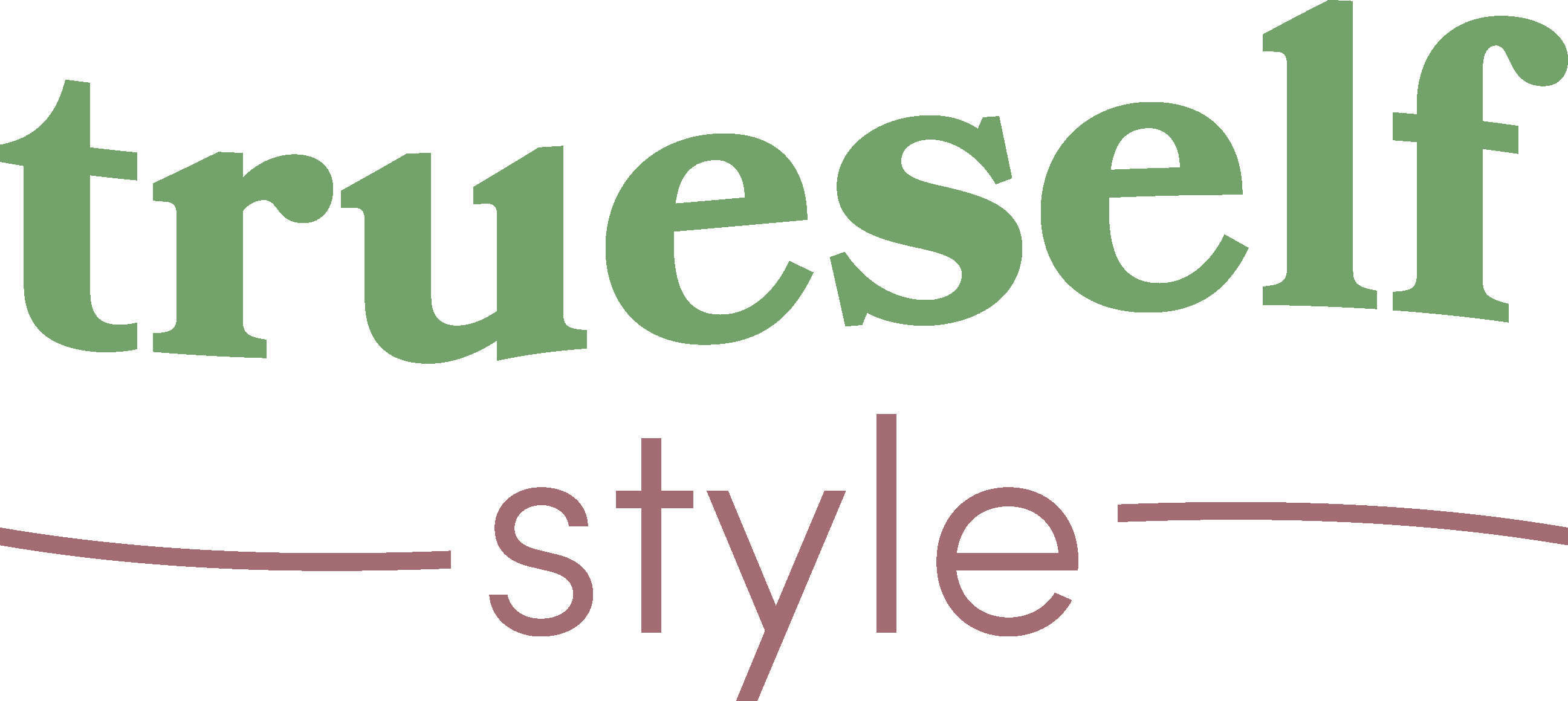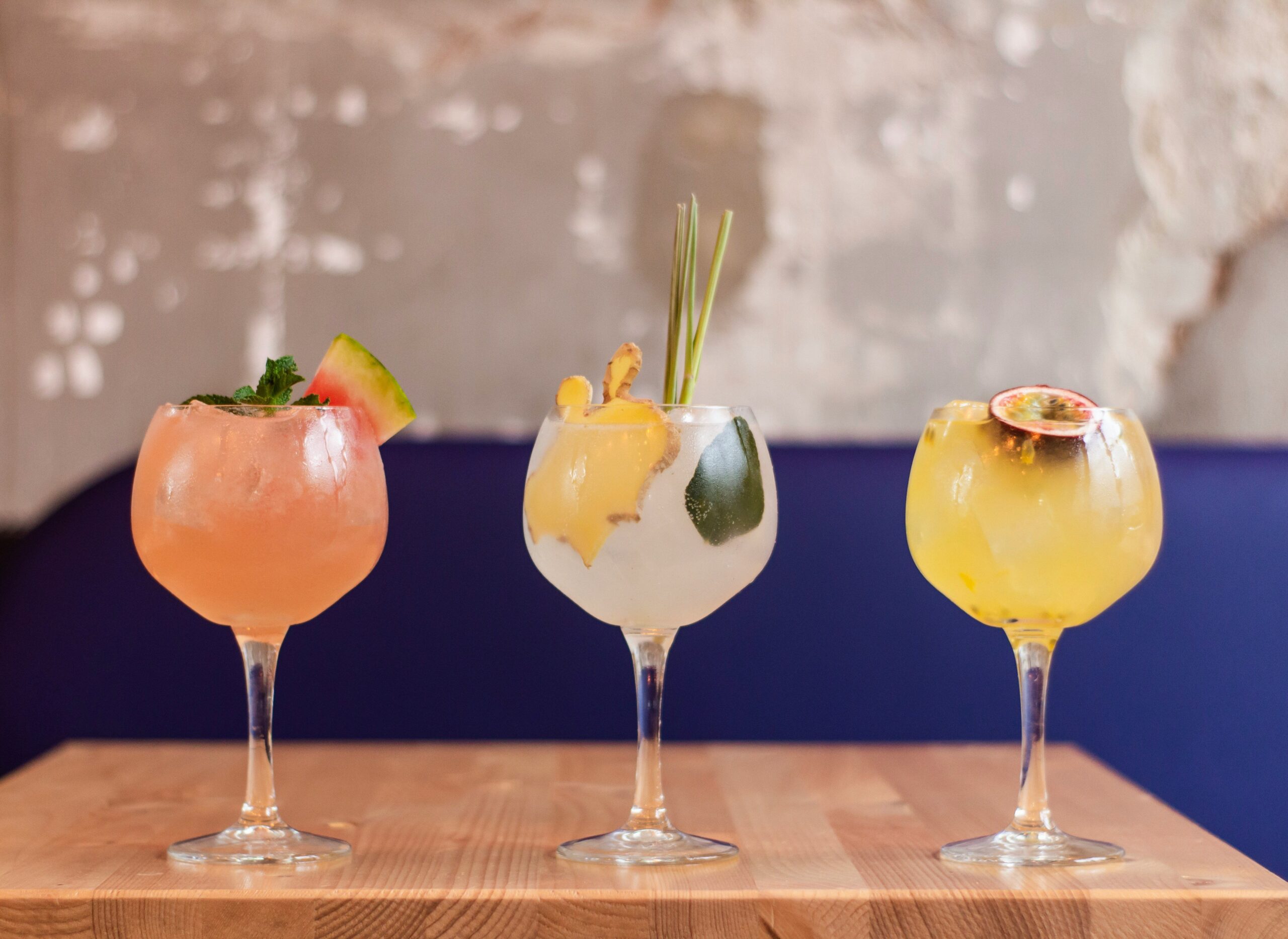Why does every single person on Instagram seem to have a Bird of Paradise plant by their window? Why does everyone on Zoom have an ever-increasing pile of plants creeping across their desks? It’s because people are falling in love with houseplants.
Now more than ever, gardening is a passion for everyone — including the younger generation. Millennials and Gen Z have recently unearthed the joy of plant life. This is no surprise, as younger generations have long been proponents of going green. Well, that green has made its way out of the garden and into people’s rented apartments. From windowsill-basil to stately, hanging plants, burgeoning house plants, more and more young people are cultivating their green thumbs.
Last year, American gardeners spent a record $52.3 billion on lawn and garden retail sales, according to the 2019 National Gardening Survey. 25% of that spending was attributed to 18- to 34-year-olds, whose plant obsessions have grown at a higher rate than any other age group.
This trend has been on the rise since about 2019 and it boomed during the pandemic. When there was nothing to bring structure or meaning to our early pandemic days, plants provided a routine, a sense of purpose, and something to look forward to beyond the endless uncertainty.
But this was true long before the pandemic. Millennials are the generation of disillusionment because they were sold a version of the American Dream. Then in the aftermath of the 2008 financial crash, they were thrust into a failing economy. They now face a mountain of school loan debt, skyrocketing housing costs, and constant reprimand from the people who put them in this precarious position in the first place.
So it only makes sense that millennials seek a facsimile of the lifestyles they were promised. Rather than trying to measure up to the milestones they were promised, they’re creating their own structures, their own meaning, and their own milestones. No longer is the benchmark a house, a picket fence, a brood of kids by the age of 30. Now, millennials are taking it slower, living single lives longer, and taking care of pets or, more recently, plants. And so . . . Enter the phenomenon: #PlantParents.
According to HuffPost: “It’s no secret that millennials are delaying major life milestones such as buying homes, getting married, and having children, largely for financial reasons. In Los Angeles, for example, the median home price hit an all-time record of $618,000 this past June, prompting an increasing number of millennials to remain renters. The cost of having kids is also higher than ever; the U.S. Department of Agriculture estimates it will cost a middle-income family $233,610 to raise a baby born in 2015 through age 17. And millennials collectively hold about $1 trillion of the nation’s debt, a 22% increase over the last five years.”
The article continued: “The millennial love of houseplants also has a lot to do with the self-care and wellness movements. Known as the “wellness generation,” millennials are big spenders when it comes to everything from boutique fitness classes to athleisure wear. So it makes sense that they’d fully embrace the physical and mental health benefits offered by plants.”
Like all good things, the combination of mental health benefits, increased coping mechanisms, and social media aesthetics have made plant parenthood not merely a lifestyle trend, but a social media trend, too.
According to SWNS Research, the Top 5 reasons that millennials own house plans are:
- Plants complemented the overall home decor aesthetic – 50%
- Plants improved air quality – 48%
- Plants are trendy – 47%
- Plants are peaceful and calming – 45%
- Plants make my space look beautiful – 39%
The combined force of aesthetics and wellness is millennial kryptonite.
In a study conducted by OnePoll in conjunction with Article.com, 67% of millennials say taking care of plants is more of a challenge than they bargained for. 22% are apprehensive about owning a plant because they’ve accidentally killed one in the past. The survey also reveals millennials’ desire to incorporate indoor plants into their home despite the apprehension and challenges associated with plant care.
But being a plant parent doesn’t have to be intimidating. When you choose the right plants and the right service, you can find plants that complement your space, your lifestyle and get help when you need it.
BloomBox is the plant delivery service of your dreams. Instead of wading through a humid, crowded plant shop with no clue which plant to buy, BloomBox is your one-stop-shop for bringing your home to life.
BloomBox has everything from green plants to flowers that will be sure to suit your home’s aesthetics. You can shop by room, by size, by type, or even features. Features include easy care for the novice, air-purifying for stuffy spaces, and dog or cat-friendly plants.
It’s not just about the science, BloomBox is assiduous about how our plants look. They select plants based on their rarity and quirkiness, as well as attractiveness. Thanks to support by Royal Flora Holland, they’ve nurtured a strong network of Dutch growers, experts, and plant influencers.
They don’t expect you to have a horticulture degree or mystical green fingers to look after plants — just some basic principles. They provide all the information you need for an abundant home filled with greenery.
Right now, you can get 10% off sitewide with code CLEANAIR.
Monstera Pinnatipartita
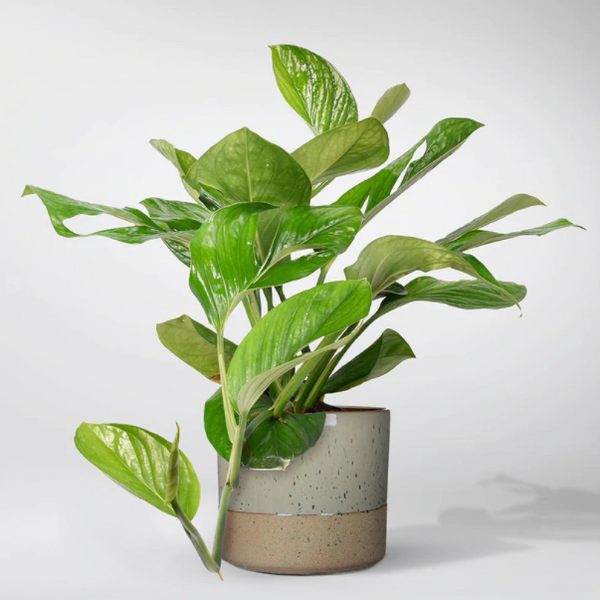
The Monstera was the star of quarantine. Everyone you watched give a Zoom lecture had a lively one on their bookshelves. This mysterious green-leafed beauty — this rare plant — has confused people for years. In its infancy, the plant is often confused for its cousin Monstera Peru. Only when it starts to grow and the pinnates and fenestrations develop can we find out her real identity!
Cylindrical Snake Plant
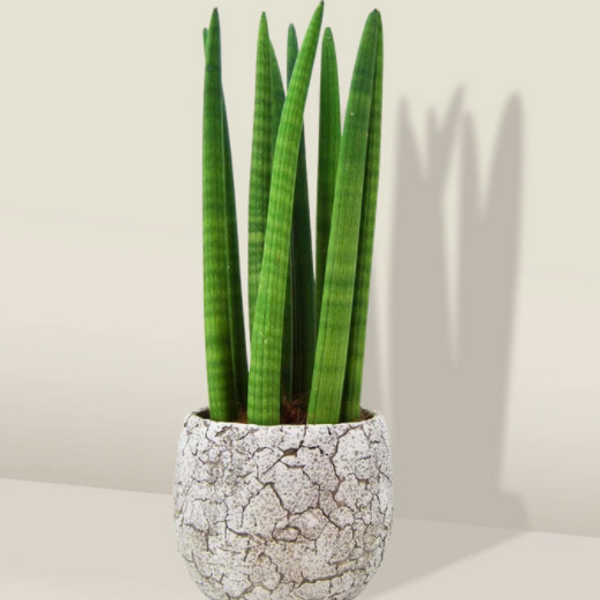
Snake plants are well known for their air-purifying qualities. This stately snake will be impressive and useful in your home. Structural, weighty, and pleasingly cylindrical, a Snake Plant is pretty much a living sculpture. It has long, thin, and pointy leaves that grow upwards.
Sedum Makinoi Tornado with Coconut pot
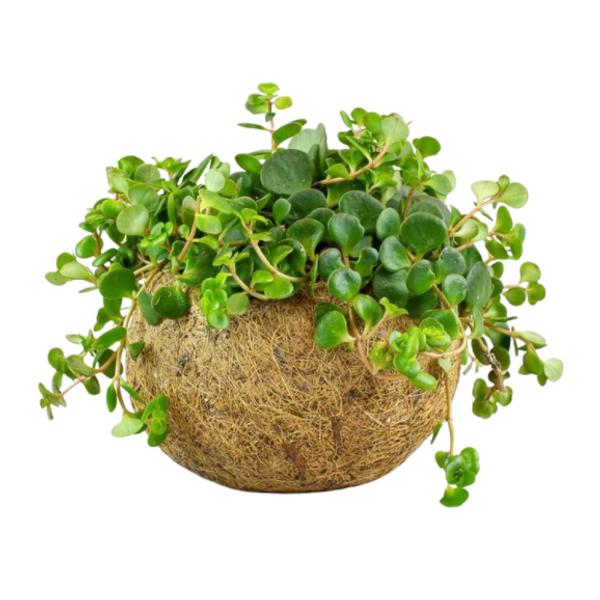
Succulents are easy-care with high impact. As a compact plant, it’s the perfect way to add a slice of nature to any small area of your home. This plant comes in a biodegradable handmade coconut fiber bow — the Kokodama — so, no need for a decorative pot! There’s even a hanging rope so you can easily hang up your Sedum Tornado in those small, cozy spaces in your home.
The Philodendron Imperial Red
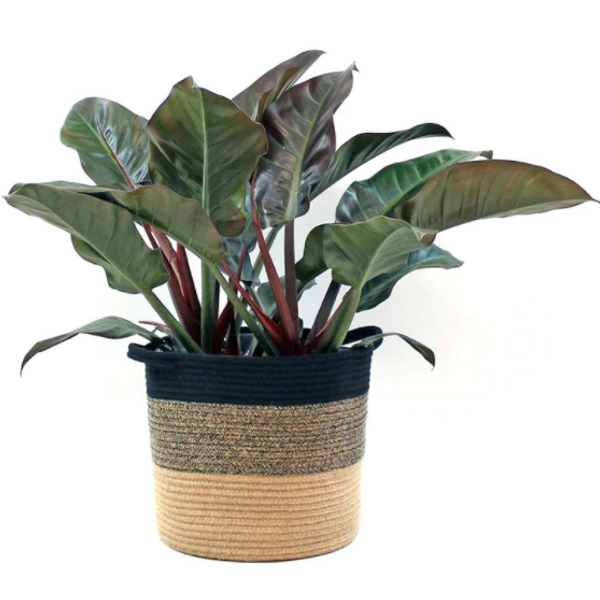
The Philodendron Imperial Red is a decorative foliage plant with large leathery leaves that go from a dark red to rich burgundy. When mature, these leaves can turn into deep purples that eventually morph into dark glossy green. This relatively new hybrid was bred specifically to be a robust houseplant. If you follow the correct care instructions, you should have no trouble keeping it verdant.
